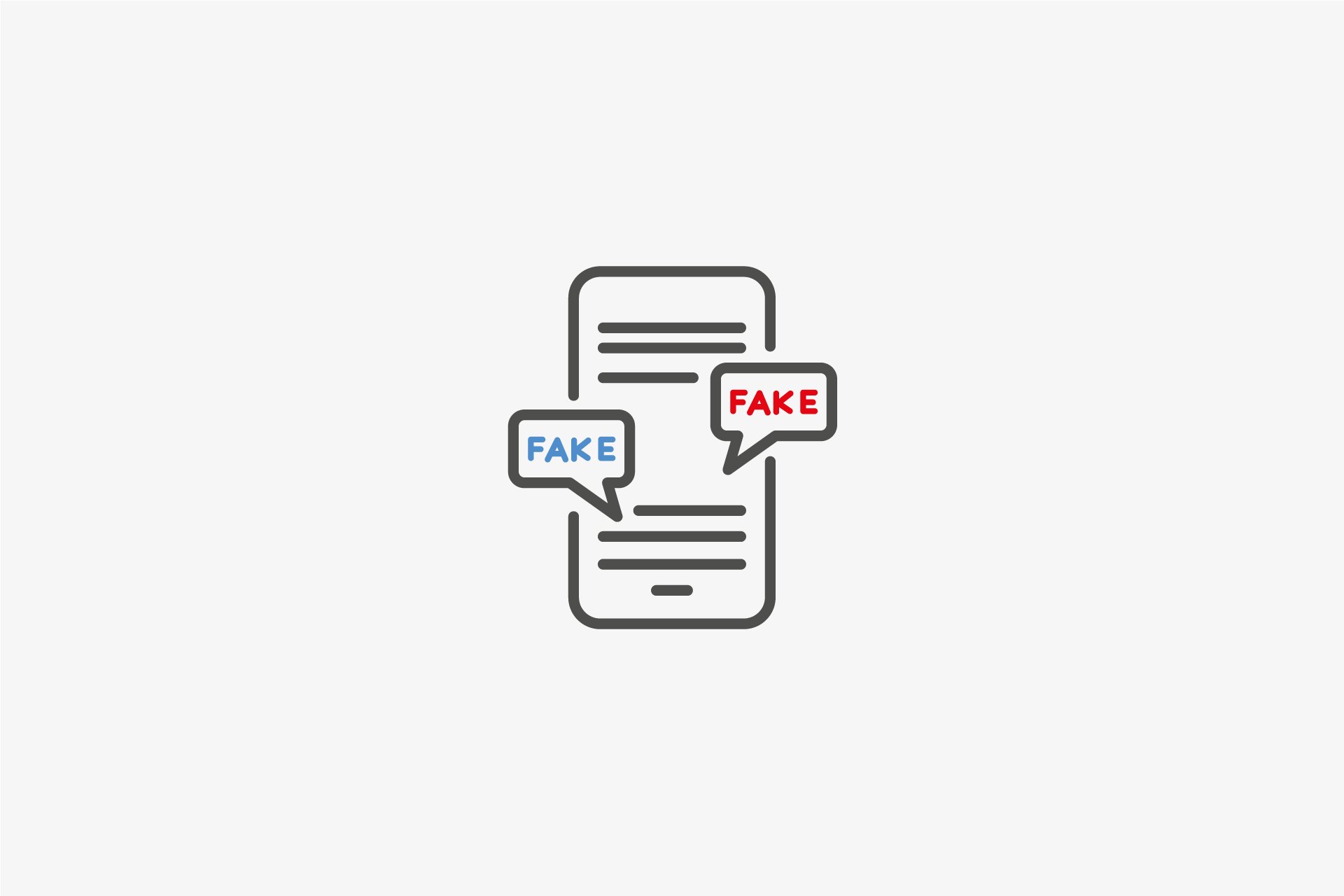Articles
Misinformation on social networks
We talk about how not to fall into fake news on social networks
Pamela Ulloa | 22 Apr 2021
UI / UX design What is it and what is the importance of a design system?
Learn the importance of design systems and the importance of UI and UX design from Axovia!
Axovia | 11 Nov 2022
Strategies to understand your customer, what is the buyer ?
When it comes to digital marketing, it is crucial to fully understand what the profile of each member of your target audience is.
Axovia | 19 Dec 2022



